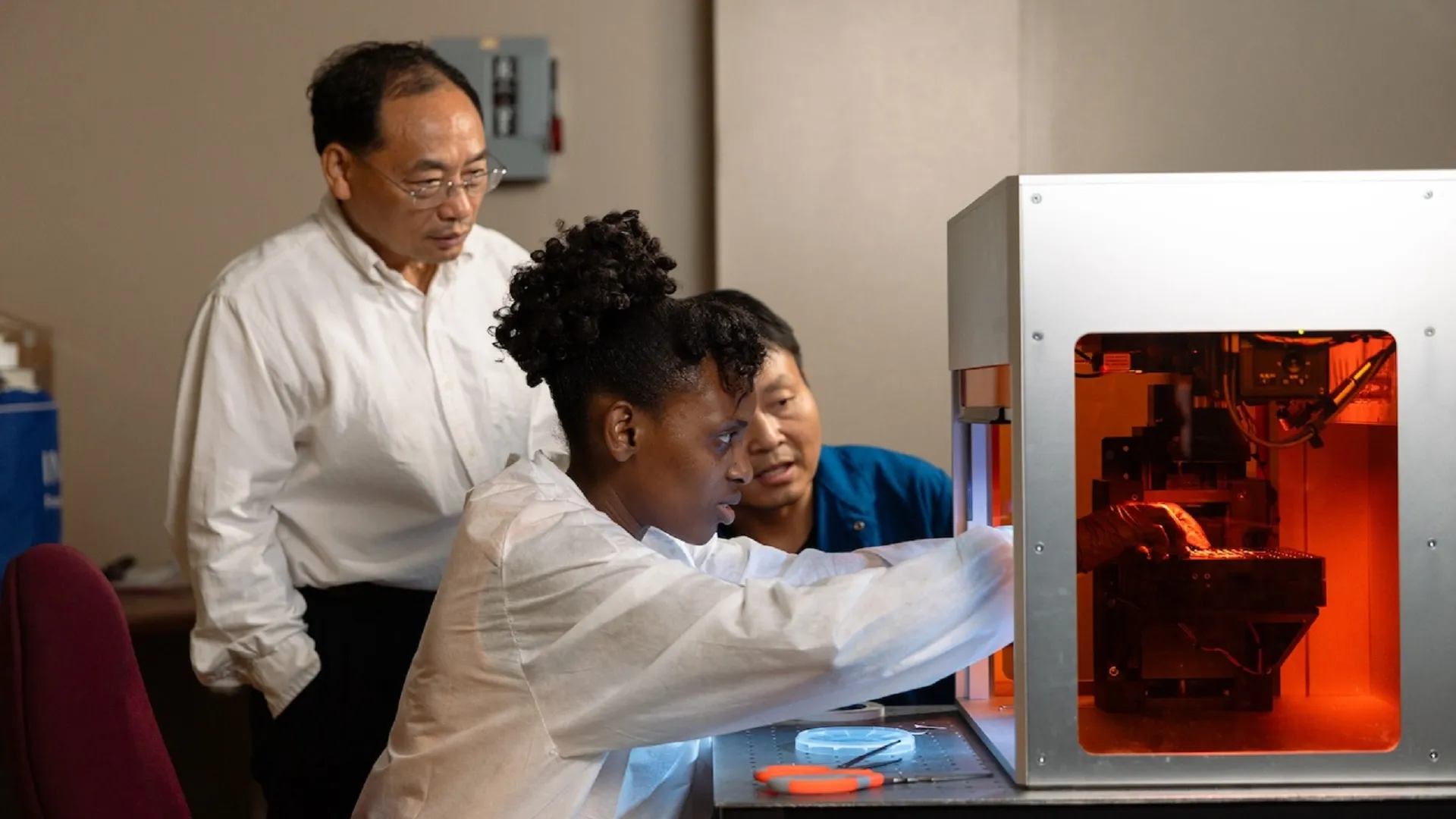Copyright Interesting Engineering

Scientists have long hailed diamond as nature’s ultimate heat conductor, but that crown may now belong to a synthetic crystal. Researchers at the University of Houston have discovered that boron arsenide (BAs) can surpass diamond in carrying heat, rewriting what physicists thought they knew about thermal conductivity. The researchers found that high-quality boron arsenide crystals achieved thermal conductivity above 2,100 watts per meter per Kelvin (W/mK) at room temperature, possibly higher than that of diamond. For decades, diamond held the record among isotropic materials, meaning those with uniform properties in all directions. The finding not only challenges existing theories but could reshape how electronics handle heat. From smartphones to data centers, efficient thermal management is critical for performance and longevity. The discovery could usher in a new era of materials that make chips cooler, faster, and longer-lasting. “We trust our measurement; our data is correct and that means the theory needs correction,” said Zhifeng Ren, corresponding author and professor in UH’s Department of Physics. “I’m not saying the theory is wrong, but an adjustment needs to be made to be consistent with the experimental data.” Breaking the barrier The study was a collaboration between UH’s TexasCenter for Superconductivity, the University of California, Santa Barbara, and Boston College. For years, boron arsenide was theorized to rival diamond’s heat conduction, but experiments consistently fell short. Earlier models predicted record-breaking performance, but by 2017, new calculations factoring in “four-phonon scattering” capped BAs at 1,360 W/mK. The revised theory convinced many that BAs couldn’t outperform diamond. Ren’s team, however, suspected that impurities in the samples were holding the material back. By purifying the raw arsenic and refining their synthesis techniques, they produced ultra-clean crystals that shattered the theoretical ceiling — hitting more than 2,100 W/mK. “We trust our measurement; our data is correct and that means the theory needs correction,” Ren repeated, underscoring how real-world data outpaced the math. Changing the game Boron arsenide’s advantages stretch far beyond breaking records. It’s not just an exceptional thermal conductor — it’s also a promising semiconductor. That combination makes it a rare candidate to outperform silicon, the foundation of modern electronics. Key benefits include easier and cheaper manufacturing compared to diamond, a wider band gap, and higher carrier mobility for both electrons and holes. Its coefficient of thermal expansion is also well-matched for chip integration, making it ideal for next-generation devices. “This new material, it’s so wonderful,” Ren said. “It has the best properties of a good semiconductor, and a good thermal conductor — all sorts of good properties in one material. That has never happened in other semiconducting materials.” The breakthrough could have far-reaching applications in AI hardware, power electronics, and high-performance computing, where overheating limits innovation. Still, the researchers say their work is just beginning. The team plans to refine their methods to push BAs’ performance even higher. Supported by a $2.8 million National Science Foundation grant and industrial partner Qorvo, the effort could redefine the limits of thermal materials science. “You shouldn’t let a theory prevent you from discovering something even bigger,” Ren said. “And this exactly happened in this work.” The study has been published in the journal Materials Today.



